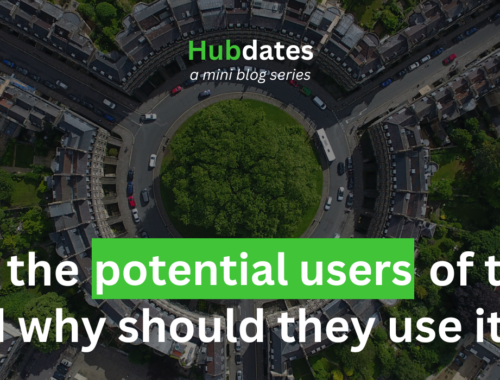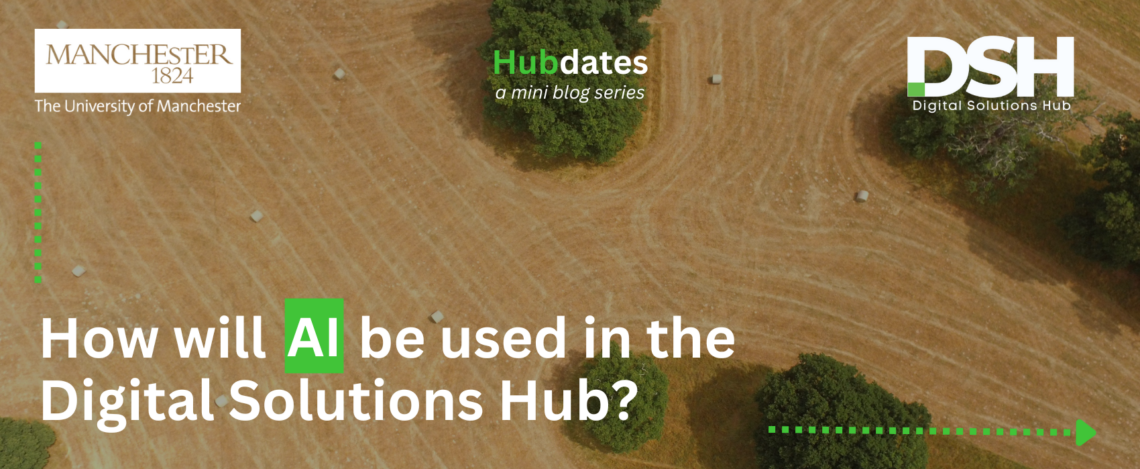
Hubdate #1 – AI and Large Language Models
Welcome to our Hubdates series, our new mini blog series exploring and explaining features of the NERC Digital Solutions Hub, an open-access online mapping toolkit. Do you have a question about the Hub or a feature you want explaining more? Get in touch.
What is the Digital Solutions Hub?
The Natural Environment Research Council, or NERC, have over 40 petabytes of environmental data available for anyone to access. The problem with this data is that it is very hard to search for. Normal ‘google type’ searches will not bring up the data you are looking for, despite vast amounts of relevant data being available.
The Digital Solutions Hub (DSH) will solve this issue, acting as your personal librarian to access copious amounts of environmental data from NERCs database. A wide range of environmental, health, social and economic data from other sources, such as the ONS, the Met Office and DEFRA, will also be available on the Hub.
How will the Hub use AI and large language models (LLMs)?
When launched later in 2025, the Hub will allow you to ask it a plain language question. For example, if you search ‘where will be the hottest place in the UK in 2030?’, the Hub will generate a list of relevant data sets that will be able to answer your question, as shown in the image below. This data, generated by the Hub, would otherwise have been relatively difficult to find through existing methods.
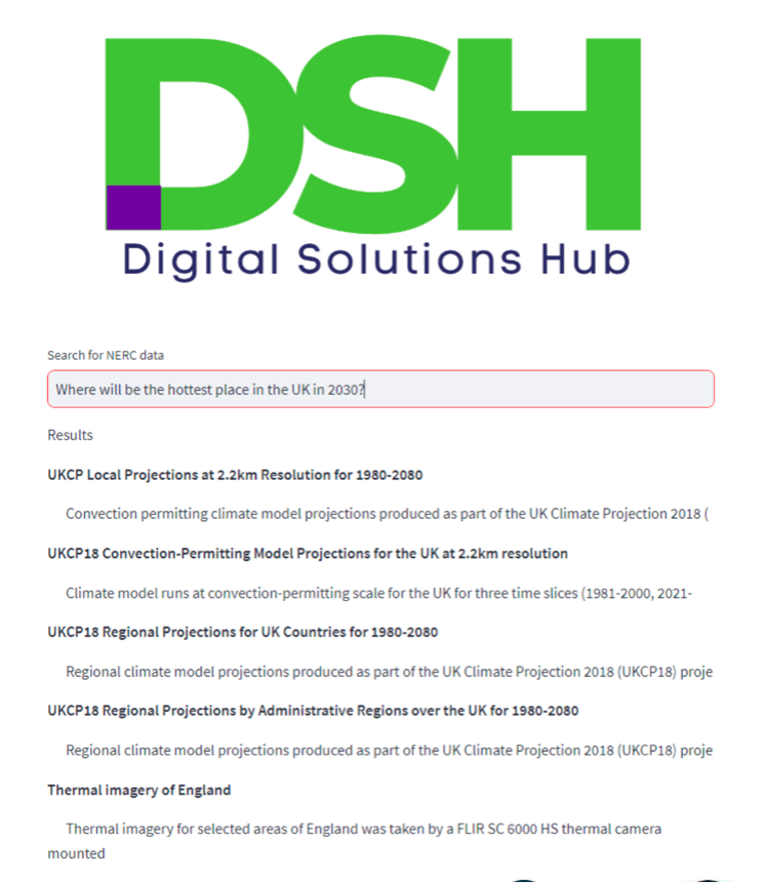
In order to do this, the Hub will use AI and Large Language Models (LLMs) to understand what data is applicable to the question you have asked it. Academics at The University of Manchester are currently programming the Hub by allowing it to learn from academic papers and metadata to inform its decision-making.
However, the Hub will do much more than just provide you with a list of relevant data. Once you have your list and have selected the data most relevant to you, the Hub will allow you to map and overlay those different data sets ready to conduct your analysis. The Hub’s AI and LLM capabilities will unlock a wealth of data to support your decision-making, policies and analysis.
How can you access the Hub, or find out more?
Are you interested to try the Hub when it is launched? Sign up to our mailing list to be on our early-access list, ready for launch later in 2025.
If you have any questions about the Digital Solutions Hub and how it works? Or maybe you have queries about how the AI and LLMs will work? Please do get in touch, we would be delighted to answer your questions.
You May Also Like
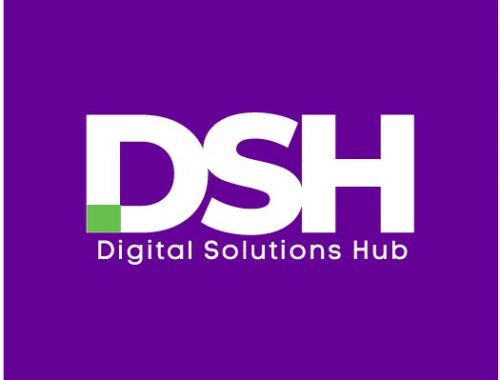
Get involved
11 September 2022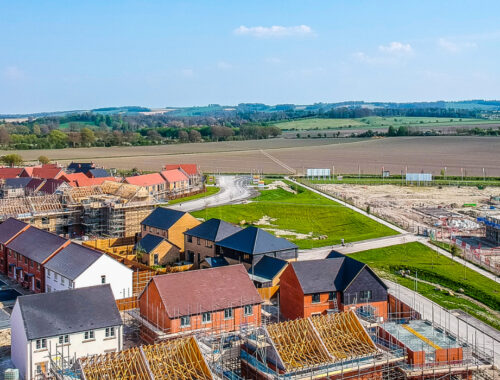
Harnessing Digital Solutions for Sustainable Housing Expansion: A GIS-Powered Approach
17 October 2024